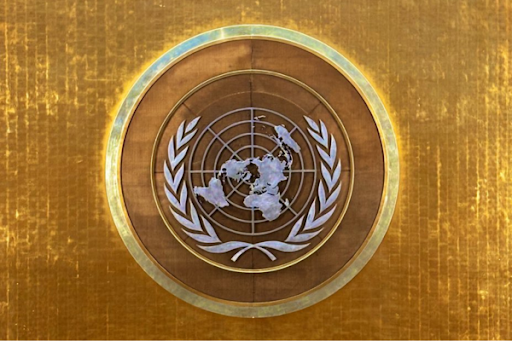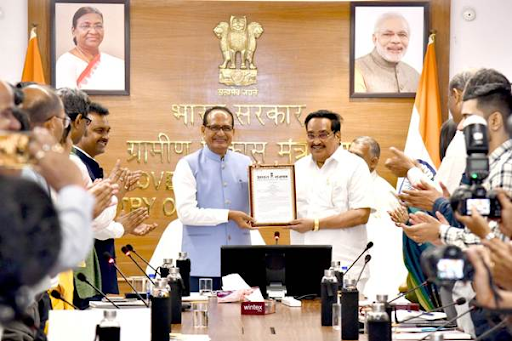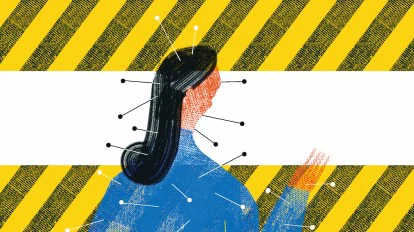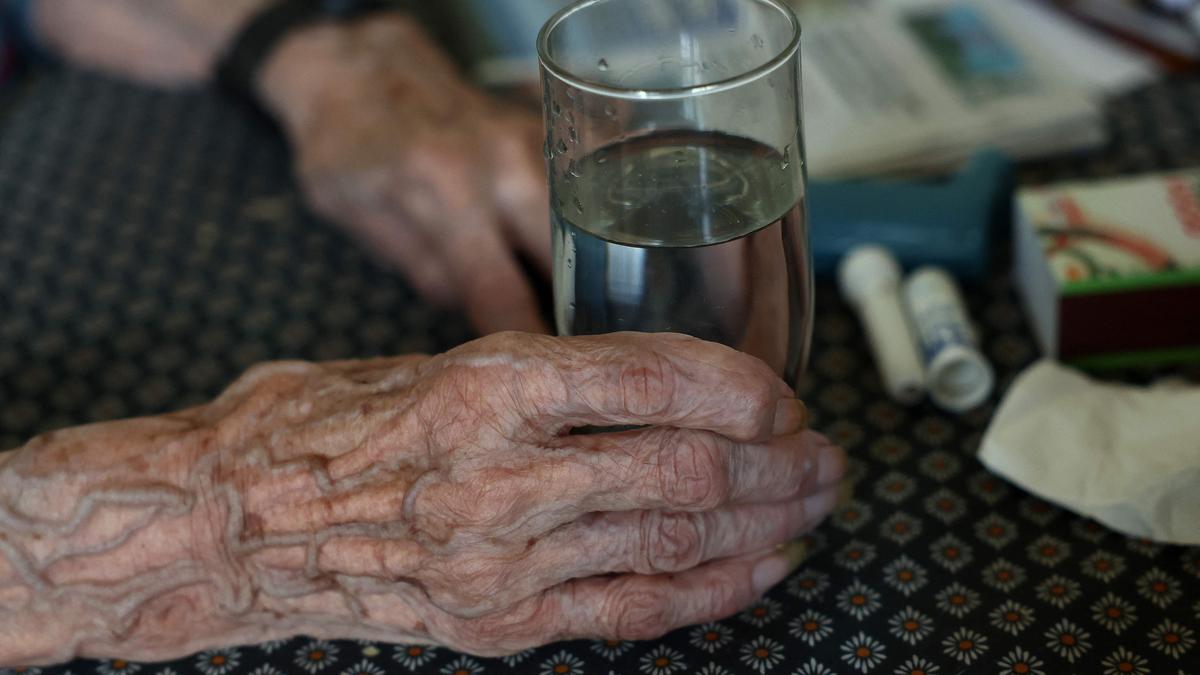Description
Context:
Poverty in India is on the rise again
1. Background
- Unemployment had reached a 45-year high in 2017-18, as revealed by NSO’s Periodic Labour Force Survey (PLFS).
- Two-thirds of people in India live in poverty: 68.8% of the Indian population lives on less than $2 a day.
- Over 30% even have less than $1.25 per day available - they are considered extremely poor.
- This makes the Indian subcontinent one of the poorest countries in the world; women and children, the weakest members of Indian society, suffer most.
- India is the second most populous country after China with about 1.2 billion people and is the seventh largest country in the world with an area of 3,287,000 km².
- The highly contrasted country has enjoyed growth rates of up to 10% over many years and is one of the largest economies in the world, with a gross domestic product (GDP) of 1,644 billion US dollars.
- But only a small percentage of the Indian population has benefited from this impressive economic boom so far, as the majority of people in India are still living in abject poverty.
Poverty in India
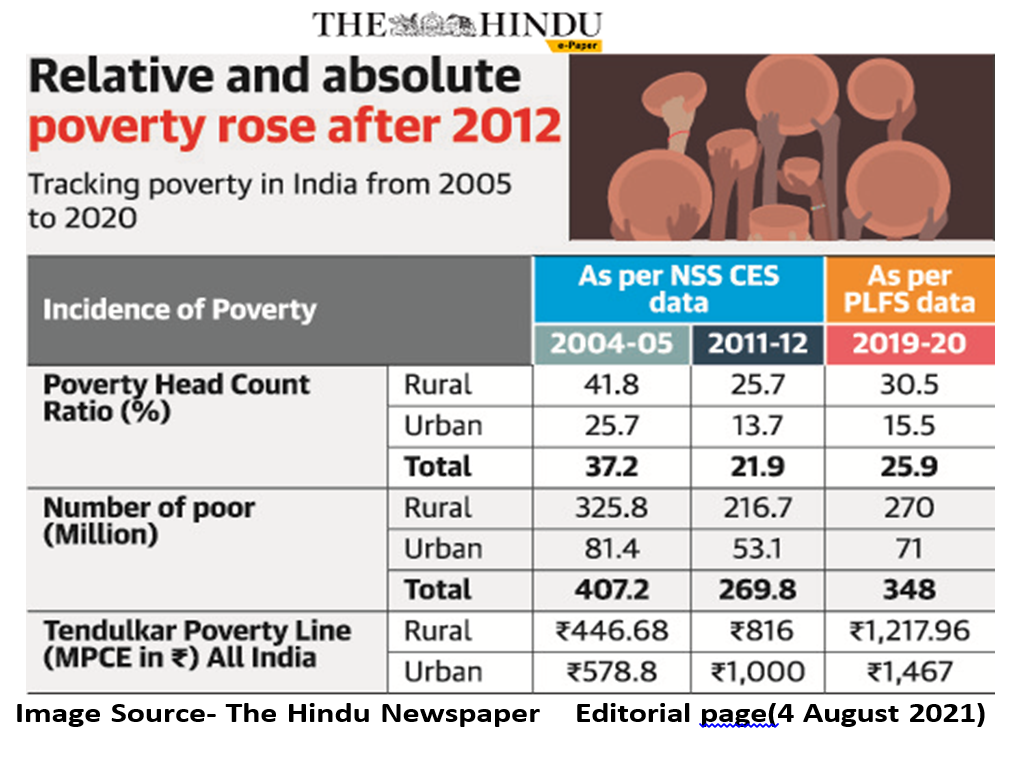
Reasons for Poverty
- In his book ‘Poverty and Un-British Rule in India’, Dadabhai Naoroji explains that the very nature of British rule in India has encouraged poverty and impoverished the masses. The decimation of the rural handicrafts and artisan communities, backwardness of agriculture and expenditure on the company officials are described as some of the reasons.
- Illiteracy and lack of quality education: Despite more than 15 million graduates being produced every year, there are no jobs available for them due to lack of quality of education. Most of these graduates are studying outdated educational syllabus and hence cannot be productively employed anywhere.
- Vicious trap of poverty: Prevalence of massive malnourishment, stunting and wasting amongst children which negatively impacts their physical and mental potential pushing them deeper into the vicious trap of poverty for the rest of their lives.
- Sub-standard health outcomes: More than 60% of the household incomes in many families is devoted towards health expenditure. This out of pocket expenditure on healthcare is one of the biggest pulling factor for poverty.
- Administrative Bottleneck: Certain government policies that favour one sector over the other. Also there is lack of rule of law and enforcement of laws such as the Minimum Wages Act.
- Income Inequality: According to the Oxfam, the top 10% of the Indian population holds 77% of the total national wealth. 73% of the wealth generated in 2017 went to the richest 1%, while 67 million Indians who comprise the poorest half of the population saw only a 1% increase in their wealth.
- Discrimination: Discrimination and poverty go hand in hand. Discrimination can both cause poverty and be a hurdle in alleviating poverty. Ex: Discrimination against women, SC, ST, Disabled, Old age people etc is one of the major causes of poverty among them.
- Nature of job: Approximately 56% of the total working population is in the agricultural sector. Which is marked by poor landholding, low productivity and disguised unemployment.
- The issue of low employment growth within industrial and service sectors has contributed to stagnant or declining standards of living.
- Inadequate public infrastructure: Lack of accessibility to primary health care centres, quality public schools, research institutions, roads, waterways, rural markets, etc. act complementary for the rise and sustenance of poverty in India.
- Inadequate policy structure: Given the vicious cycle of poverty, government hand-holding is needed to support those above poverty lines to prevent them from slipping below the line.
Consequences of Poverty
The high infant mortality
- 4 million children die each year in India before their fifth birthday.
- In addition to Nigeria, Pakistan, the Democratic Republic of the Congo and China, India is one of the countries with the highest child mortality rates.
- Pneumonia, malaria and diarrheal diseases as well as chronic malnutrition are the most frequent causes of death.
Malnutrition - not even a bowl of rice a day
- India is one of the world’s top countries when it comes to malnutrition: More than 200 million people don’t have sufficient access to food, including 61 million children. 7.8 million infants were found to have a birth weight of less than 2.5 kilograms - alarming figures for a country commonly referred to as the emerging market.
Child labour - no time to play and learn
- Although child labour for children under the age of 14 in India is prohibited by law, according to o cial figures, 12.5 million children between the ages of 5 and 14 are working.
- Aid agencies assume that in reality, there are many more estimating that 65 million children between 6 and 14 years do not go to school.
- Instead, in order to secure survival, it is believed that Indian children contribute to the livelihood of their families; they work in the field, in factories, in quarries, in private households and in prostitution.
Lack of education - no opportunities without education
- According to UNICEF, about 25% of children in India have no access to education.
- The number of children excluded from school is higher among girls than boys. Although women and men are treated equally under Indian law, girls and women, especially in the lower social caste, are considered inferior and are oppressed by their fathers, brothers and husbands.
- Without education, the chance of finding a living wage from employment in India is virtually hopeless.
Child marriage - the early end of childhood
- In spite of banning minors from marrying in 2006, it is still widespread in many regions of India.
- The main leaders in this practice are young girls, who are still children themselves and become mothers too early.
- Many of them die at birth. According to an investigation by the medical journal The Lancet, 44.5% of girls are still married in India before they are of legal age.
- Due to poverty, many parents encourage early marriages for their daughters in hopes of better lives for them.
HIV / AIDS - a taboo in Indian society
- 7 million Indians are infected with the HIV virus; about 220,000 of them are children, with the tendency rising.
- The lack of education and the lack of condoms mean that the virus is spreading faster and faster and more and more people are dying of AIDS - especially in the slums of the growing cities. More and more children are living there as so-called AIDS orphans , often being infected with the virus as well.
Committees to determine the Poverty level in India
YK Alagh Committee (1979):
- It defined a poverty line based on the nutritional requirements for the urban and rural areas and assigned a consumption expenditure amount for it. Every year, this line was adjusted for inflation.
Lakdawala Committee (1993):
- This committee continued with the poverty line and nutritional requirements approach. However, it recommended that it is important for every state to define its own poverty line based on the diversity and also a separate poverty for the rural and urban areas.
Suresh Tendulkar Committee report (2009):
The following were the recommendations:
- Shift away from consumption-based poverty estimation to a more inclusive approach. The committee noted that the consumption patterns of people had changed and it was important to add more items than just calories needed for basic nutrition.
- It also recommended the addition of various intoxicants, education, fuel, medical and sanitation.
- Uniform poverty line- It did away with the system of having different approaches for the urban and rural areas of different states.
- Private expenditure on health and education.
Rangarajan committee report (2012):
- It set the poverty line at Rs 47 in urban areas and Rs 32 in rural areas as a poverty line per day per person as a poverty line.
The international poverty line set up by the World Bank is USD 1.90 per individual in a day.
Way Forward:
Universal Basic Income:
- It gained currency in the West because of the threat of automation-induced job losses.
- Economic Survey 2016-17 has suggested replacing all current cash transfers with universal basic income. The survey wants UBI to replace and not supplement the existing social welfare, anti-poverty schemes like MGNREGA, PMJSY etc.
- The Survey points out that the two prerequisites for a successful UBI are: functional JAM (Jan Dhan, Aadhar and Mobile) system as it ensures that the cash transfer goes directly into the account of a beneficiary and CentreState negotiations on cost sharing for the programme.
Conditional Cash Transfer Schemes for Alleviating Human Poverty:
- Such schemes aim at reducing extreme poverty in the shortrun while protecting the formation of human capabilities in the long run. This programme represents a shift in government’s approach of focusing on the supply-side to a demand driven approach. Ex: In 2005, India launched a conditional cash transfer (CCT) programme, Janani Suraksha Yojana (JSY), to reduce maternal mortality ratio (MMR) through promotion of institutional births. JSY is the largest CCT in the world.
Public investment in human capital and public goods:
- Investments in human capital and public goods have significant positive impacts on private-sector productivity, with estimated rates of return ranging from 15 percent to upwards of 45 percent.
- The enhanced productivity of human beings or human capital contributes substantially not only towards increasing labour productivity but also stimulates innovations and creates ability to absorb new technologies.






